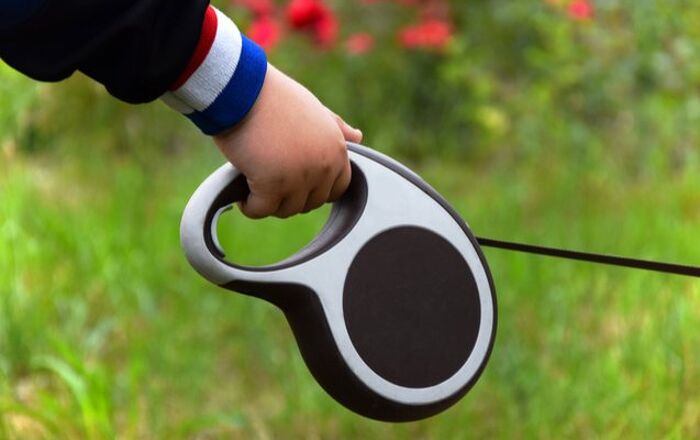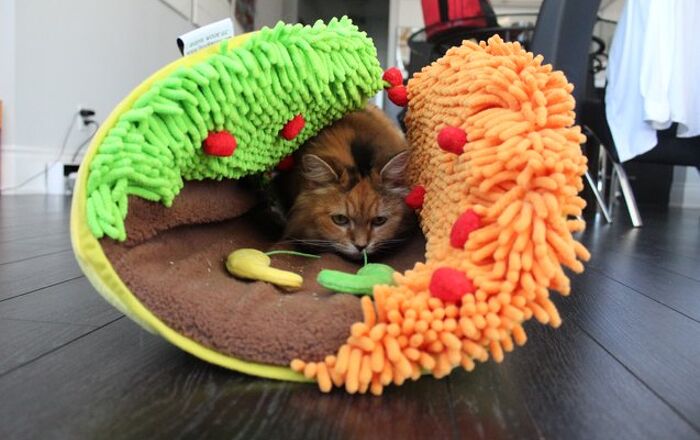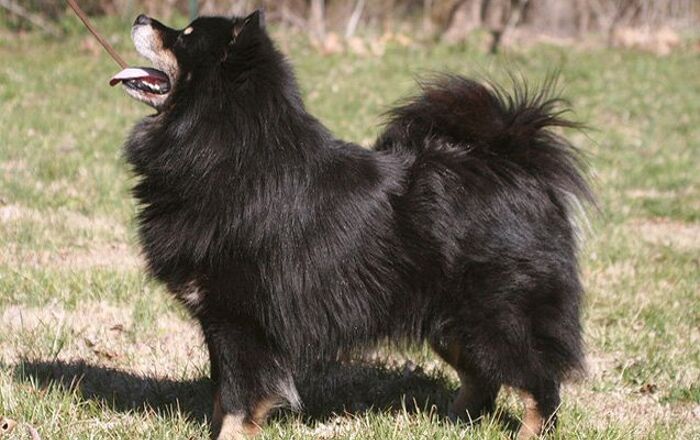
Our pooches like to pretend they don’t hear us, but the jig is up — turns out our dogs really DO listen to what we say
Sometimes you have to wonder if your dog is listening to you at all. How many times do you have to say “Get down!” before they actually do it?
New research shows that our pooches don’t just listen to what we say, but how and who is saying it. While scientists can’t say for sure how much or in what way dogs understand us, they do know this: our furry friends understand some words and pick up on things like emotional tone as well as the speaker’s gender.
Prior studies have shown that dogs, like humans, use different sides of their brains to interpret and respond to external cues; however, these studies only studied how dogs respond to other dogs. Scientists wanted to figure out if the same held true for canine-human interactions.
Related:Science Says Your Dog Loves You
Victoria Ratcliffe and David Reby of the University of Sussex in England played speech sounds for the pooches they studied, using speakers on either side of their heads. Sounds were played so that each one entered the right and left ears at exactly the same time, and at the same volume, to ensure a lack of bias.
Just like in humans, sounds that come in through one ear are usually interpreted on the opposite side of the brain, i.e., sounds that come in through the right ear are transmitted to the right side of the brain.
That said, the right and left hemispheres of our (and our dog’s) brains are each better at interpreting different types of information, so our brains will sometimes perceive that information as coming from the opposite ear (crazy, right?!). That’s what makes this study so ingenious — because the pups were hearing the sounds in both ears at the same time, Ratcliffe and Reby could tell what part of the brain they were using to understand the sounds.
Related:Study Shows That Dogs Look Like Their Owners
If a pooch turned to its left, it meant that the information contained in the sound was heard “more” by the left ear, which indicated that the right side of the brain was more specialized in interpreting the type of information delivered in the sound.
The researchers definitely noticed some patterns in the pooch’s responses: when they heard familiar spoken commands like “sit”, they used the left side of their brain, but when tone of voice was more emotion-laden, they used their right brain to interpret it, which is also similar to way the humans interpret language.
While this doesn’t mean that dogs always understand exactly what we say, it does show that they really are listening to us — and not just what we say, but how we say it (which is good, because we spend a lot of time talking to our canine companions!).
So next time your pooch pretends to not understand your “No!” or “Get down!” command, rest assured: they’re likely only playing dumb and pretending not hear you. Sneaky little buggers! The great news is they also understand all the loving “Good Boy/Girl” we throw their way, too.
[Source: Science Daily]














